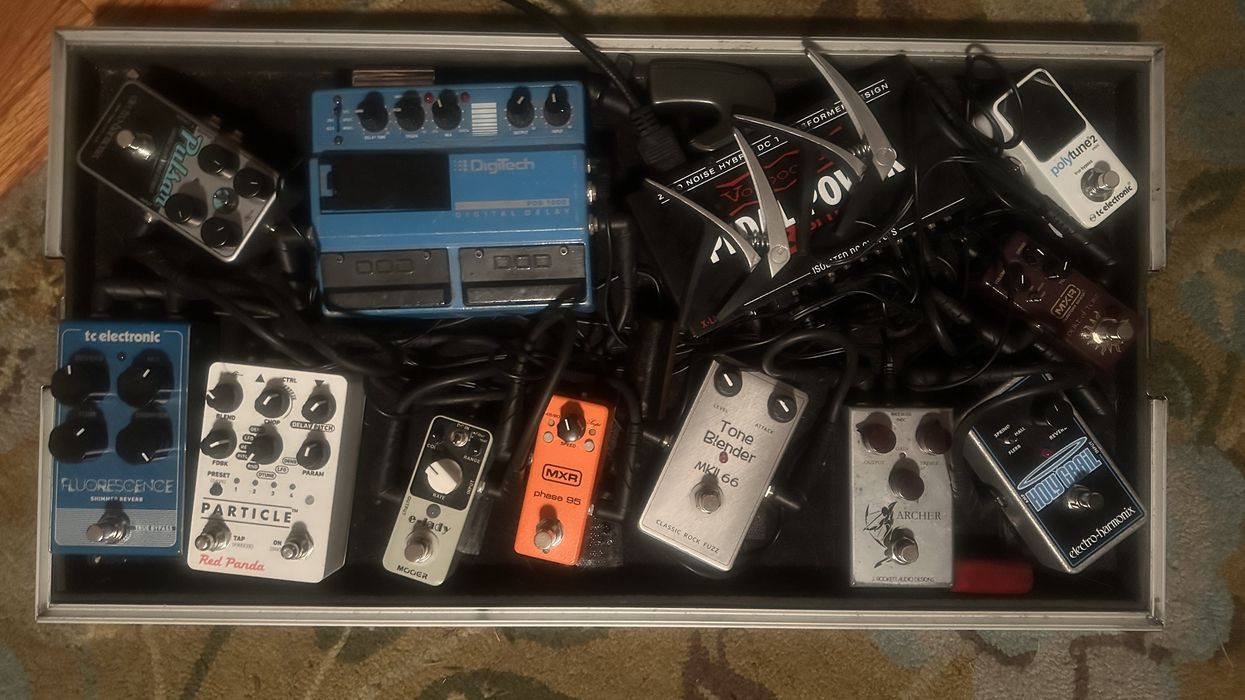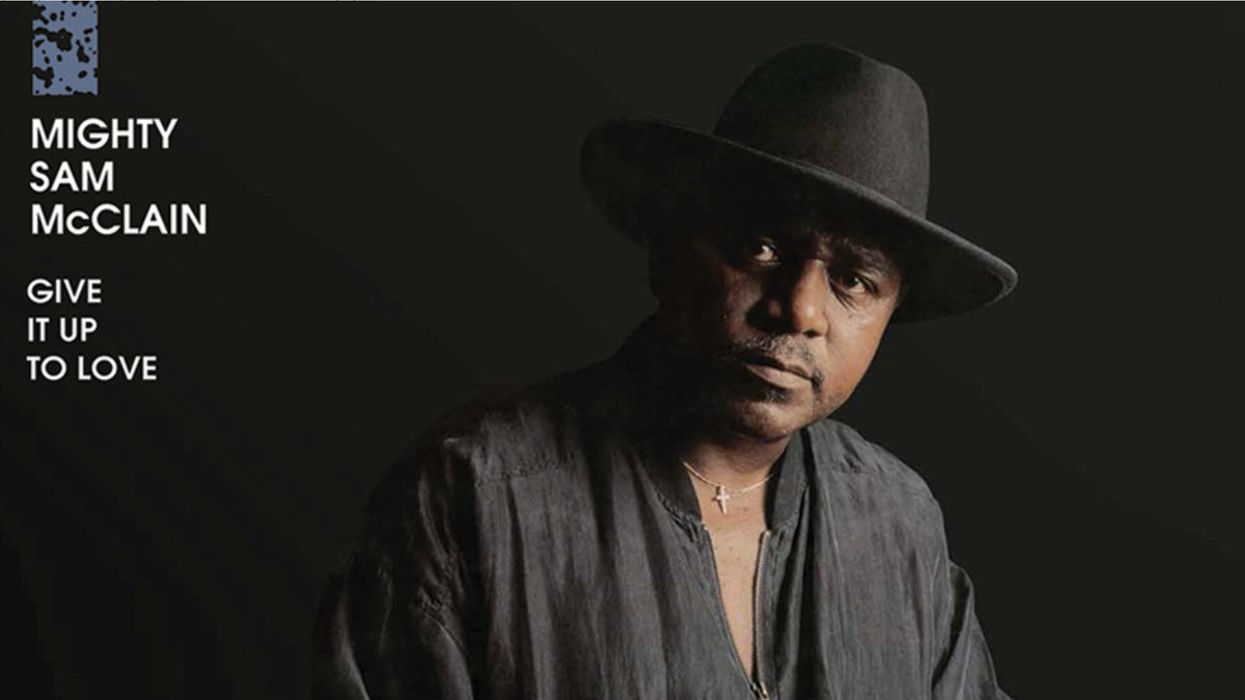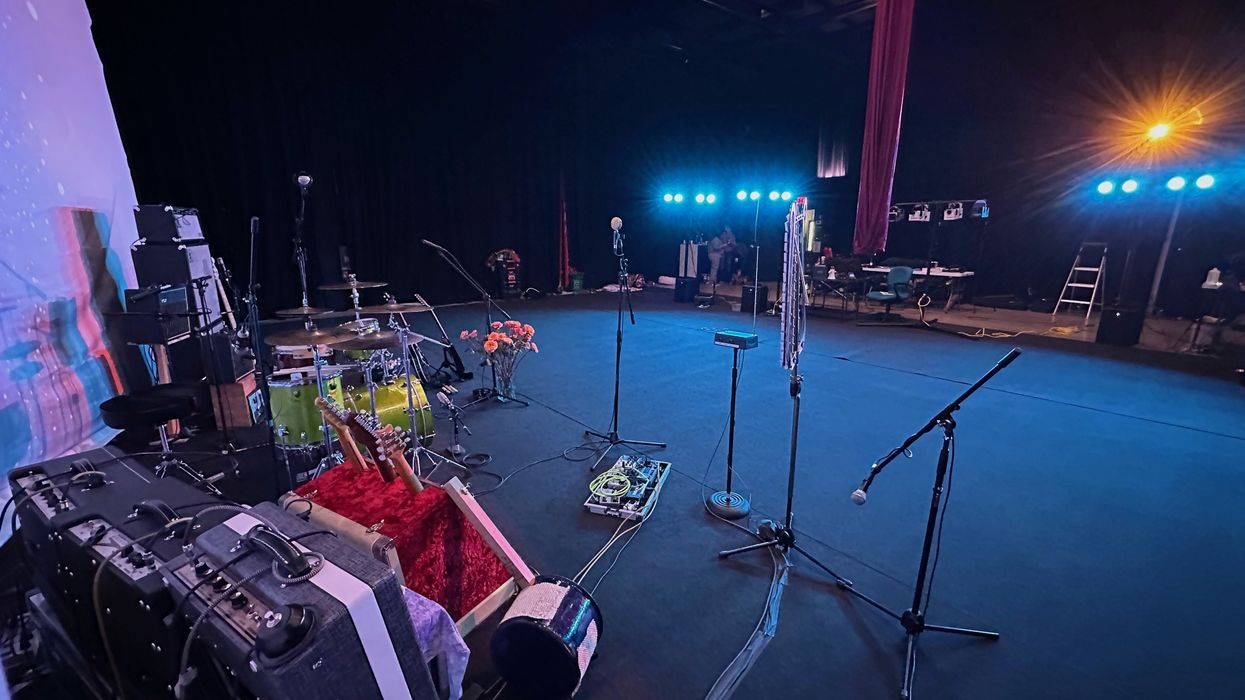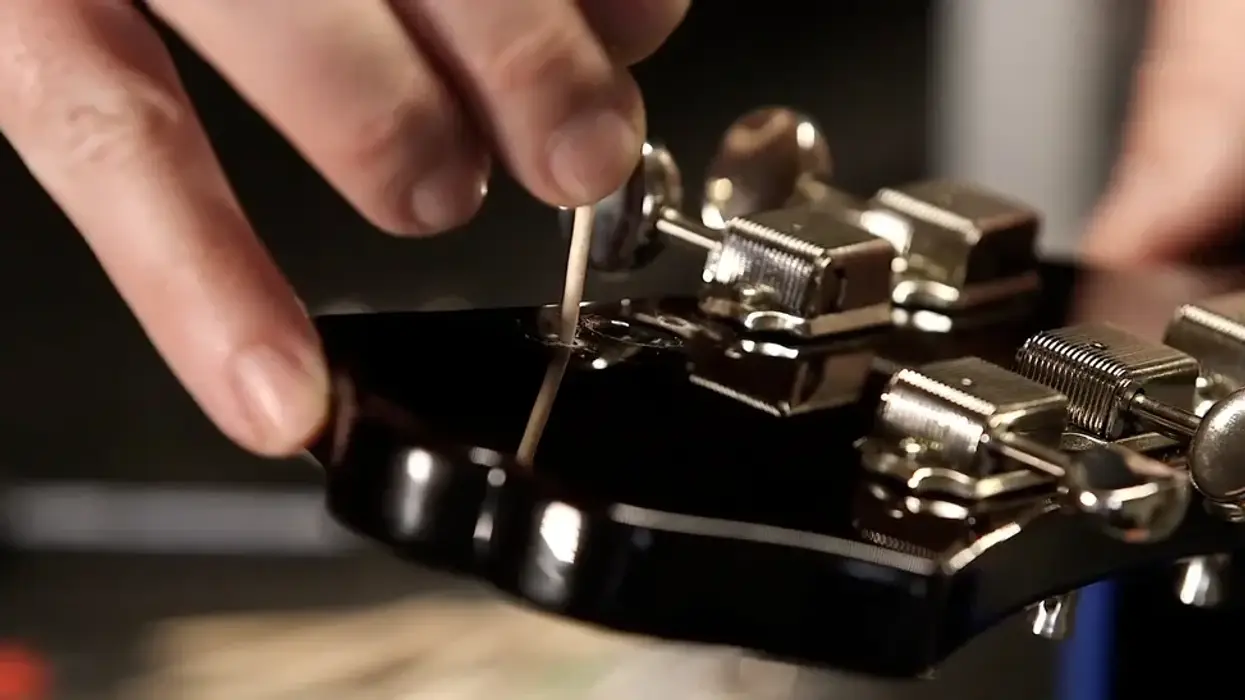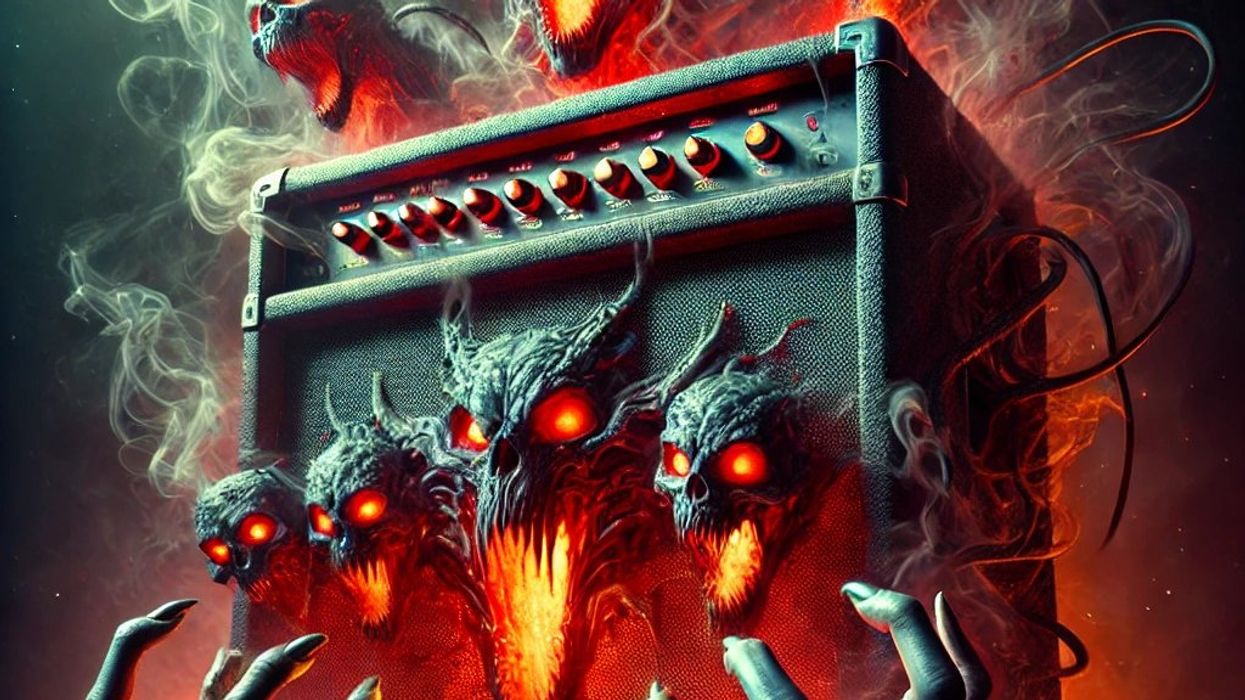I’m a pedal freak. I have been since I bought my first one: a used MXR Distortion + for about $20. At the time, I was hunting for the sounds of my classic-rock guitar heroes—especially Hendrix’s Strat tones and the raw, grinding fuzz on Big Brother and the Holding Company’s Cheap Thrills. (I realize the latter isn’t popular with a lot of players, but for me, the voice of James Gurley’s guitar is still sonic nirvana!) I don’t know that I’ve ever really achieved those sounds, but the purchase of a Big Knob Tone Blender in 2020 did finally get me very near Gurley’s grizzly-bear-on-acid bawl.
Over the years, my passion for pedals has not diminished. I haven’t counted lately, but I’ve got at least 100 in easy-to-access plastic boxes, and 11 or 12 on my ’board at any time. Sure, I enjoy purely organic guitar tone, too, and spent nearly a decade touring with just a couple guitars, a Marshall, and a tuner. But to me, pedals are not a gimmick, as I’ve heard some players and critics disparage them. They are a key to potentially uncharted sonic terrain, or at least, a rarified zone where the inspiration for new songs or epic solos awaits. I once had a vicious argument with a fellow journalist and guitarist who dismissed pedals as a crutch. If pedals are a crutch, so are electricity and amps.
“If pedals are a crutch, so are electricity and amps.”
The usual suspects on my pedalboard these days range from bread-and-butter effects (an MXR Phase 95 and an EHX Stereo Pulsar tremolo) to the elite (a Red Panda Particle 2 and a one-of-a-kind Big Knob Burns Buzzaround clone) to the awesomely outlandish (a Mantic Flex Pro and a Pigtronix Mothership 2). It’s a constantly changing lineup, depending on the gig and my impulses. Because I’ve not yet been able to pin down my perfect pedalboard lineup, like XAct Tone’s Barry O’Neal does in this issue’s “A Pedalboard Pro’s Dream ’Board.” My setup is one-dimensional. When I do figure that out, and I feel like I’m getting close, I’ll adopt a multi-tiered board and finally hide the power supply where the sun don’t shine, providing even more real estate for sound boxes.
I also owe pedals a debt beyond the creative yield they’ve provided. They helped get me through the pandemic. After watching David Gilmour’s Live at Pompeii concert repeatedly, I was inspired by his array of BK Butler Tube Drivers to go on an overdrive and fuzz spree. The joy of the chase and the sounds that resulted relieved my boredom and depression. In addition to a Tube Driver with the variable bias mod, I acquired the Tone Blender and Buzzaround clone, a TC Electronic Zeus Drive, a Joe Gore Duh, and, post lockdown, an MXR Duke of Tone. I love them all, I know exactly how I enjoy deploying them, and I am open to acquiring more. And don’t get me started on my adoration of delays and reverbs, and how they alter the space-time continuum!
All of which brings me to our annual pedal issue, or, as I like to think of it, my potential fall gear shopping list. I love this issue for its coverage of so many stompboxes from every category, and how the contributors and editors here at PG—and especially our veteran Gear Editor Charles Saufley—are able to distill, with color and character, the essentials of so many new stomps into an easily digestible consumers’ guide for guitarists. To say nothing of the cover by our Managing Editor Kate Koenig, which evokes the spirit, pun intended, of pedal collecting—where sounds sometimes seemingly from another world both echo the past and lead toward the future of tone.